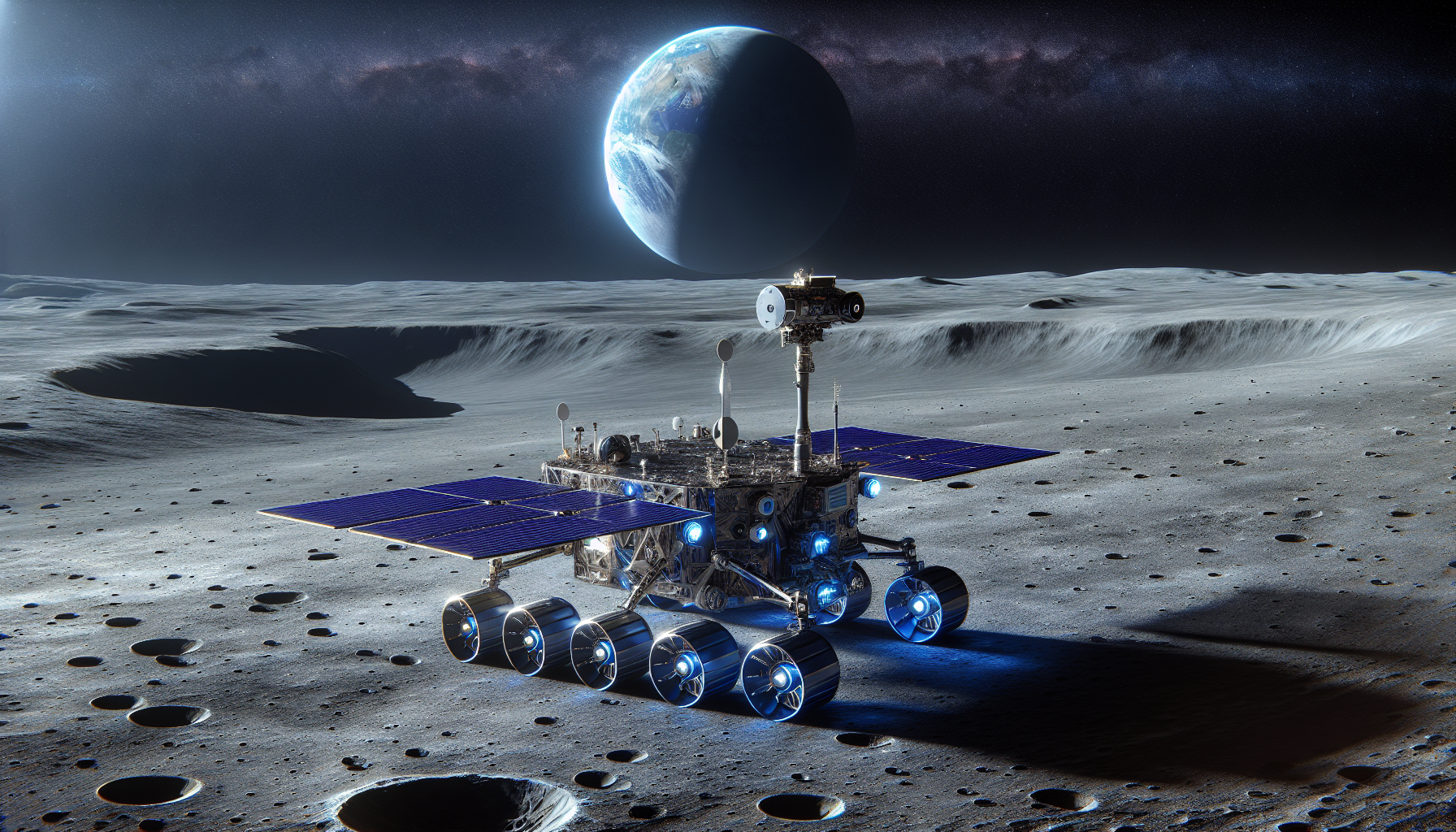
NASA’s VIPER Mission: A Fresh Era in Lunar Discovery
NASA is reigniting its ambitions to investigate the moon’s frigid regions with the Volatiles Investigating Polar Exploration Rover (VIPER) mission. Initially paused due to postponements and budget issues, the mission is now poised for a possible launch in 2027, owing to a collaboration with Blue Origin under the Commercial Lunar Payload Services (CLPS) initiative.
The Significance of Blue Origin in VIPER’s Voyage
Blue Origin’s participation is vital for VIPER’s expedition to the moon. The company is charged with orchestrating and showcasing the transport of VIPER to the lunar landscape using its Blue Moon Mark 1 lander. This partnership signifies a key advancement for Blue Origin, which has yet to execute a moon landing. The first chance for the Blue Moon Mark 1 lander is expected later this year as part of a separate CLPS delivery. This mission will provide NASA with essential data to inform VIPER’s rideshare, employing a second Mark 1 lander that is currently under construction.
VIPER’s Mission Purposes
Once on the lunar terrain, VIPER will investigate the hostile environment of the moon’s South Pole. Its foremost objective is to search for water ice and additional resources that could facilitate upcoming lunar missions. Joel Kearns, Deputy Associate Administrator for Exploration within NASA’s Science Mission Directorate, highlighted the mission’s importance, stating, “This delivery could indicate where ice is most likely to be located and simplest to access, serving as a future resource for humanity.”
Exploring Lunar Water and Volatiles
The investigation of lunar water is not only crucial for prospective human missions but also provides insights into the spread and origins of volatiles throughout the solar system. By examining these resources, researchers can gain a better understanding of the dynamics that have influenced our space habitat and the development of our inner solar system.
The Prospects of Lunar Exploration
The VIPER mission epitomizes a pivotal step in NASA’s expansive lunar exploration framework. By capitalizing on collaborations with commercial partners like Blue Origin, NASA aims to bolster its capabilities and fast-track its exploration objectives. The possible discovery of reachable water ice could lead to a sustainable human existence on the moon, acting as a launching pad for forthcoming missions to Mars and further.
Conclusion
The revival of the VIPER mission highlights NASA’s dedication to examining the moon’s resources and comprehending the extensive solar system. With the backing of Blue Origin, the mission could open up new avenues for lunar exploration and human space endeavors.
Q&A Segment
Q1: What is the primary aim of the VIPER mission?
A1: The VIPER mission’s goal is to investigate the lunar South Pole to search for water ice and other resources that could aid future lunar missions.
Q2: What role does Blue Origin play in the VIPER mission?
A2: Blue Origin is tasked with organizing and showcasing the delivery of VIPER to the lunar surface using its Blue Moon Mark 1 lander.
Q3: Why is it essential to study lunar water?
A3: Investigating lunar water assists scientists in understanding the dispersion and origins of volatiles across the solar system, offering insights into the forces that have sculpted our space environment.
Q4: When is the anticipated launch date for the VIPER mission?
A4: The VIPER mission is likely scheduled to launch in 2027 under the CLPS program.
Q5: What potential influence might the VIPER mission have on future space discoveries?
A5: The identification of accessible water ice could allow for a sustainable human presence on the moon and provide a basis for upcoming missions to Mars and beyond.